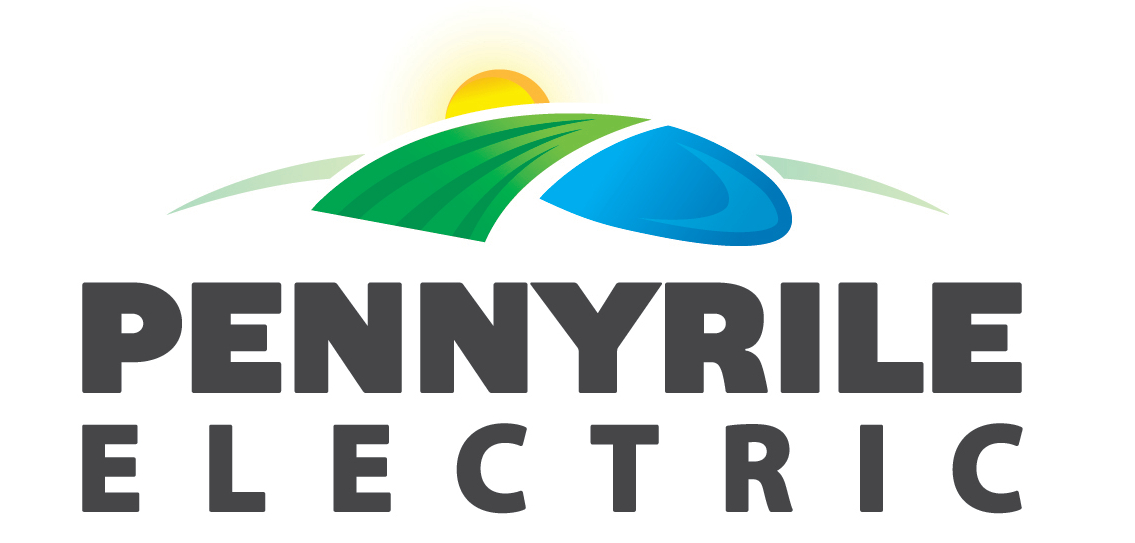How we determine Estimated Restoration Times
We know how important accurate restoration times are for you and your family so we do our best to provide you with accurate information as soon as possible. Estimated times of restoration (ETR) are based on information we receive from crews in the field as it becomes available.
It is important to remember that we attempt to estimate the time of restoration to allow you to plan and safely await restoration, but ETR is only an estimate.
We may have to update the estimate based on a number of factors, such as evaluation of damage from an onsite crew, changing weather conditions, additional problems that occur or any specialty crews or equipment needed for repairs once the damage is assessed. We do our best to keep you aware of updated information.
For information about specific outages, visit outage.precc.com and click on the outage marker that affects your area (see below).
Average ETR
Based on outage history, our average outage lasts approximately two (2) hours. However, this does not include outages that are a result of a major storm.
Major Storms and ETR:
After a major storm, we may face hundreds individual repair jobs, and there are several steps before we can provide an ETR.
We first assess the damage to major infrastructure on the electric grid.
As jobs are dispatched, they are assigned individual estimated restoration times.
In large storms, multiple repairs at different locations on the power grid may be required to restore your power. If that’s the case, you may receive an ETR for the first job. After the larger repair is made, we’ll continue to make other repairs, each with their own ETR, until power is restored to you.
Additionally, as crews arrive on-site and begin working on your outage, they may change your ETR. They could need additional equipment or find the damage is worse than initially thought.
You can check the status of your outage online, or (if you are signed up for outage texting) text “status” to 85700.
